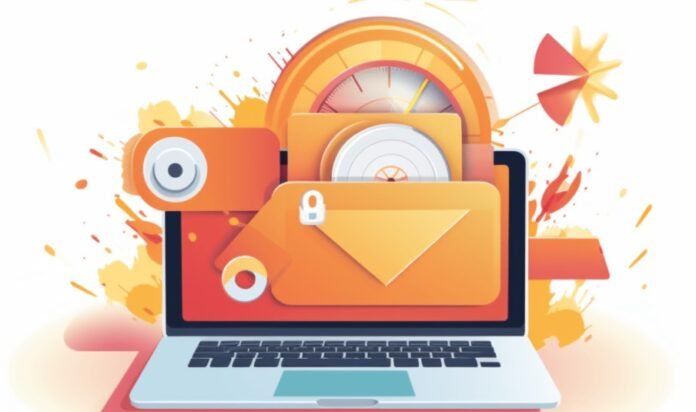Email warming is the process of building a positive reputation with email service providers to avoid spam folders and improve inbox placement. It also increases engagement rates by personalizing emails and incorporating video prospecting.
The best email warm-up tools use unique, authenticated business domains and real inboxes to simulate engagements. ESPs recognize this and give higher scores to these warm-up platforms.
Deliverability email
Email deliverability focuses on methods that help messages reach recipients’ inboxes rather than being blocked or filtered into spam folders by mailbox providers. The main gatekeepers are email service providers (ESPs), which are the platforms where you send your emails. These ESPs look at several factors to decide whether an email is legitimate or not.
These include a strong subject line and personalization. Personalized email messaging increases open rates and overall engagement, as shown by a case study by Vidyard. Another way to improve email deliverability is to integrate video prospecting into your sales outreach strategy.
warming email account is a critical step for increasing the success of your cold outreach campaigns. This process involves gradually increasing the volume of emails sent from a new or inactive email address to build a positive reputation with ESPs. By following these best practices, you can avoid having your emails classified as spam and increase the chances of reaching your prospects’ inboxes.
Spam
Email spam is unsolicited junk mail that gets filtered into recipients’ inboxes. It can be a nuisance or even a dangerous scam. In the United States, spam is subject to CAN-SPAM regulations. CAN-SPAM requires businesses to follow certain guidelines when sending emails to consumers.
Spam is a common problem that affects many people, from home users to large corporations. It is a form of malicious software that can be used to attack computers and spread viruses.
While warm up tools help prevent your emails from landing in spam folders, they are not a magic bullet. The most important thing is to make sure your email list is ethically gathered and kept up-to-date. You should never purchase an email list or sign people up for your newsletter without their permission. This helps minimize the risk of hitting spam traps, which can damage your deliverability and reputation. Avoiding spam traps also includes regularly removing inactive or inactive addresses from your list.
Emailing/Email
Email Warm-up is a process that improves an email account’s reputation so that future emails aren’t automatically classified as spam. This can be important for marketers who use unsolicited messages, such as sales outreach campaigns. The goal of email warming is to establish a positive reputation with the email service provider (ESP) so that future emails are delivered to recipients’ inboxes instead of being marked as spam.
This is achieved by slowly increasing the sending volume over time, and monitoring engagement metrics like opens and replies. This helps ESPs recognize the account and domain as legitimate and follows good email marketing practices.
ESPs will often provide their users with best practice guidelines and tips for email warm-up, such as recommending an initial volume of 10-15 emails per day and gradually increasing it. They will also recommend incorporating video prospecting to personalize emails and increase engagement. Video is a great way to demonstrate your product and increase email open rates and overall engagement.
Audit email
Email audits are an important part of your overall email marketing strategy. They help you understand what is working and what isn’t, and how to improve your email campaigns. These email audits can be conducted in a variety of ways, from using email heatmaps to analyzing subscriber behavior.
Keeping your email reputation high is vital. A low sender score can cause your emails to be marked as spam or blocked altogether. This can lead to a loss of business and missed opportunities. To keep your sender score in good standings, it’s important to follow best practices and make sure you don’t use spam-triggering words.
To improve your deliverability, it’s a good idea to warm up your domain before sending larger cold email campaigns. This can be done manually or by using a dedicated email warming tool. Email warming tools work by sending warm-up emails to other email users in their network and simulating replies, opens, saves from spam, etc.
Compelling Subject Line
Email subject lines must be compelling in order to grab the attention of the recipient. This helps your email stand out in a busy inbox and increases the chances of being opened.
Using a personal greeting and an enticing subject line creates a connection with the reader and increases your chances of getting a reply. Adding an element of urgency can also increase open rates, such as “Tonight Only!”
This subject line uses FOMO, or Fear of Missing Out, to encourage recipients to click and engage with the content. It’s short and to the point, leaving the prospect curious as to what they might have missed.
This subject line reflects the fact that business professionals are often overwhelmed with work and need to prioritize their time. It also conveys your understanding of their challenges and indicates that you have resources to help them overcome those challenges. Including video in your warming emails can also help to grab the prospect’s attention.



